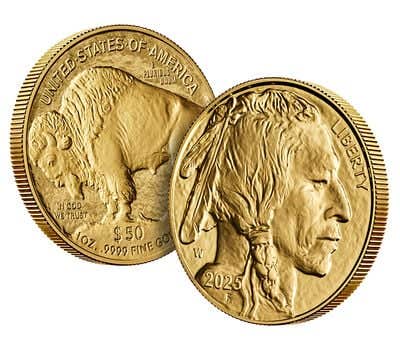Let states issue small denominations
In agreement with the large majority responses to your question, should states have the right to issue their own legal tender, the creation of independent state currencies is unacceptable, and a single currency of the perfect union is essential.
This article was originally printed in Numismatic News.
>> Subscribe today!
In agreement with the large majority responses to your question, “should states have the right to issue their own legal tender,” the creation of independent state currencies is unacceptable, and a single currency of the “perfect union” is essential. I agree with James Madison, that a universal national currency is indispensible.
However, I might propose that we distinguish between denominations that must be thoroughly controlled by the Federal Reserve, itself divided into 12 regional Federal Reserve Banks, and which denominations are so petty that control is basically irrelevant. For example, from 1824 until 1872, Mexican states were permitted to issue their own minor copper coinage, whereas all silver and gold coinage, from 5 centavos and upward, were a national currency carefully controlled by the federal government, despite the fact that as many as 10 to 12 mints were in simultaneous operation.
Gerald Perman’s incisive letter in the April 21 issue of Numismatic News offers a clue to how minor denominations might be organized in the United States. He suggested the abandonment of the 1 cent, 5-cent and 10-cent coins as miniscule denominations worth less than the cent of 1913, and the replacement of the $1, $2 and $5 paper notes by coins, a proposal I accept 100 percent. However, I can add a further consideration, which I base on the following query, namely, at what level do users examine the coinage or paper money to assure that they are using an acceptable monetary object? And to what extent are localized issues accepted, i.e., when do users examine them carefully and when do they accept virtually anything?
It is clear that we do examine bank notes rather carefully, but we probably pay little attention to coins, perhaps even the dollar coins, of which there are dozens of different varieties in circulation. As for the quarter, we have already produced “local” issues representing the 50 states and now “America the Beautiful.” So here is my suggestion:
All paper money shall be of universal design, even if it continues to be issued by the twelve Federal Reserve Banks. The states shall not have the right to issue their own currency. However, the states shall have the permission to issue their own coins of denominations that are not carefully examined for usage, which in my opinion would cover every denomination up to and including one dollar. Certain restriction would be necessary. All coins of denominations used in sales machines would need to conform to required alloys, weights and shapes. Whereas this requirement currently applies to all denominations of 5 cents and above, due to the current production costs and the decreasing need for machine usage of coins less than 25 cents, ultimately it should be permitted that the states (or counties or cities) can manufacture their 1 cent, 5 cents and 10 cents as they wish. After all, the same approach was applied to the fractional cent sales tax tokens issued by numerous states between the 1930s and the 1960s.
To conclude my suggestions, let the states (or counties or cities) produce whatever they please for 1 cent, 5-cent and 10-cent coins, and perhaps 25 cents and even $1 coins, so long as they are regarded everywhere within the country as legal tender, and let the federal government retain its control over everything higher.
This Viewpoint was written by Stephen Album, a hobbyist who is from Santa Rosa, Calif. Viewpoint is a forum for the expression of opinion on a variety of numismatic subjects. The opinions expressed here are not necessarily those of Numismatic News. To have your opinion considered for Viewpoint, write to David C. Harper, Editor, Numismatic News, 700 E. State St., Iola, WI 54990. Send e-mail to david.harper@fwmedia.com.
More Coin Collecting Resources:
• Subscribe to our Coin Price Guide, buy Coin Books & Coin Folders and join the NumisMaster VIP Program









